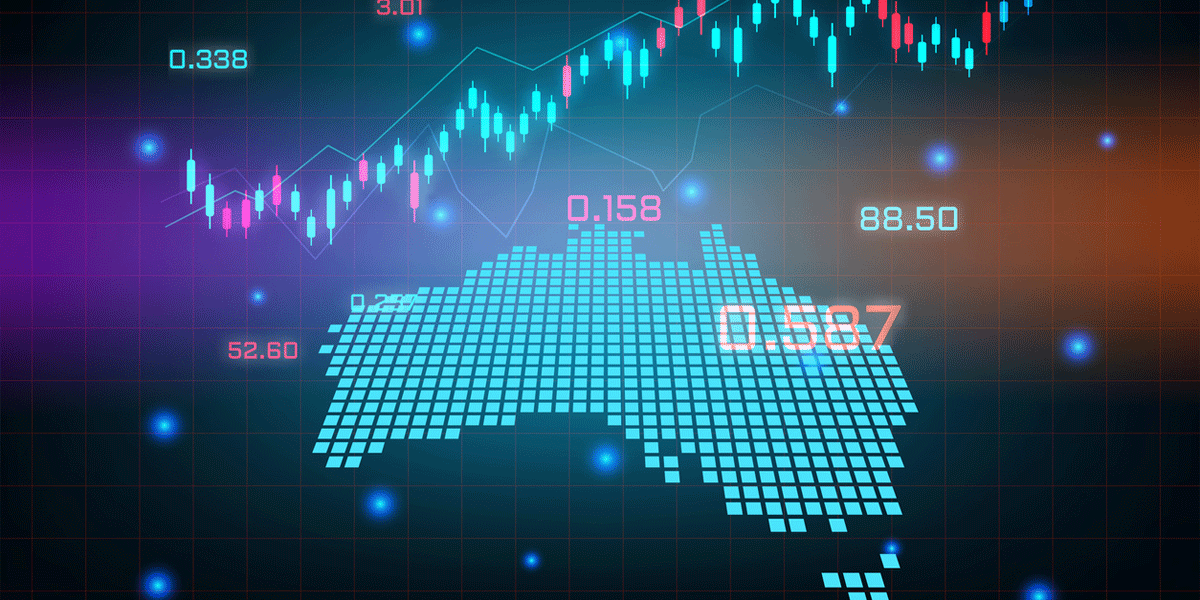Download the PDF
 Image source: Unsplash
Image source: UnsplashWill the RBA deliver a rate rise in August?
While it is normally considered second tier data in Australia, the RBA’s laser focus on returning inflation to target has boosted the importance of the monthly CPI, and the May report certainly caused ructions in financial markets this week. The higher-than-expected inflation print led to an immediate rise in 10-year bond yields of around 10 basis points, with short term yields moving towards pricing a rate increase by the RBA as early as their next meeting in August. Higher rates supported the currency which rose by 0.5% in trade weighted terms, but weighed on the equity market, particularly the real estate and banking sectors. So, what happened to shift market pricing so abruptly?
The May data showed an increase in the annual rate of headline inflation to 4.0% from 3.6%. QIC had been expecting a smaller rise, to 3.8%, which was in line with market expectations. The 40bp rise in the annual headline inflation rate was driven by inflation in holiday travel and accommodation, prices for which are highly seasonal.
Of particular concern to markets though was an acceleration in the reported trimmed mean inflation measure to 4.4% in May, its fourth consecutive increase from a trough of 3.8% in January. So far in the June quarter, trimmed mean inflation is averaging 4.3%, which is well above the RBA’s forecast of 3.8%.
This is important because the trimmed mean CPI is the RBA’s preferred measure of core inflation in Australia. But its calculation differs to the type of core measures targeted by other central banks, which tend to exclude food and energy from headline inflation. In contrast, the trimmed mean is a statistical measure which excludes the volatile “outliers” from the inflation calculation, both positive and negative, and reports the price movements of the middle 70% of items. Outliers trimmed from the monthly inflation series may differ to those trimmed from the quarterly series, hence taking an average of the monthly trimmed mean inflation doesn’t always give a good guide to the quarterly outcome.
An alternative measure of core inflation that is more comparable to international counterparts and which we favour, excludes volatile items (food and energy) and holiday travel. On this measure, inflation has been stable around 4% since December, and actually fell marginally in May. Importantly, this measure of core inflation was in line with our forecast, highlighting the outsized role tourism played in distorting the monthly inflation figures.
After falling by 11% in May last year, we had expected a 7.5% fall in holiday travel and accommodation prices this May. But prices only fell by 2.7%. Interestingly, domestic holiday travel and accommodation prices fell by around 7% in May, but international prices rose by 2%. So, it appears the miss on headline inflation wasn’t really driven by domestic inflationary pressures so much as higher foreign travel costs.
There was some encouraging news on domestic inflationary pressures in this month’s release, indicating that inflation in service sectors is slowing. For example, inflation at restaurants and for take-aways has eased to the low 4% level, while haircuts have eased to 5.5%. Inflation in these services had been running around 7%. Key to the outlook for services inflation is what happens to nominal unit labour costs. With labour market pressures easing, wage growth has peaked and productivity is slowly improving. Nominal unit labour cost growth will continue to moderate, taking services inflation lower. Services inflation will remain sticky though, held up by insurance and rents. While still high, insurance showed a slowing in its inflation rate from 16% to 14% in May. Rental growth looks to have peaked but will be slower to moderate given the tightness in the housing market.
What does all this mean for the RBA? Our analysis suggests that the market reaction to the May inflation numbers could be a little overblown, and that domestic inflationary pressures, particularly for the services sector, still appear to be on a downward trend.
There is no doubt that the May inflation surprise means there will be more interest in the next RBA meeting which will take place in early August. Crucial to whether or not the RBA delivers the rate hike markets are leaning towards, will be the June quarter inflation report that is due in late July. Anything above 1% on the trimmed mean CPI will pressure the RBA to deliver the hike they don’t want to do.
